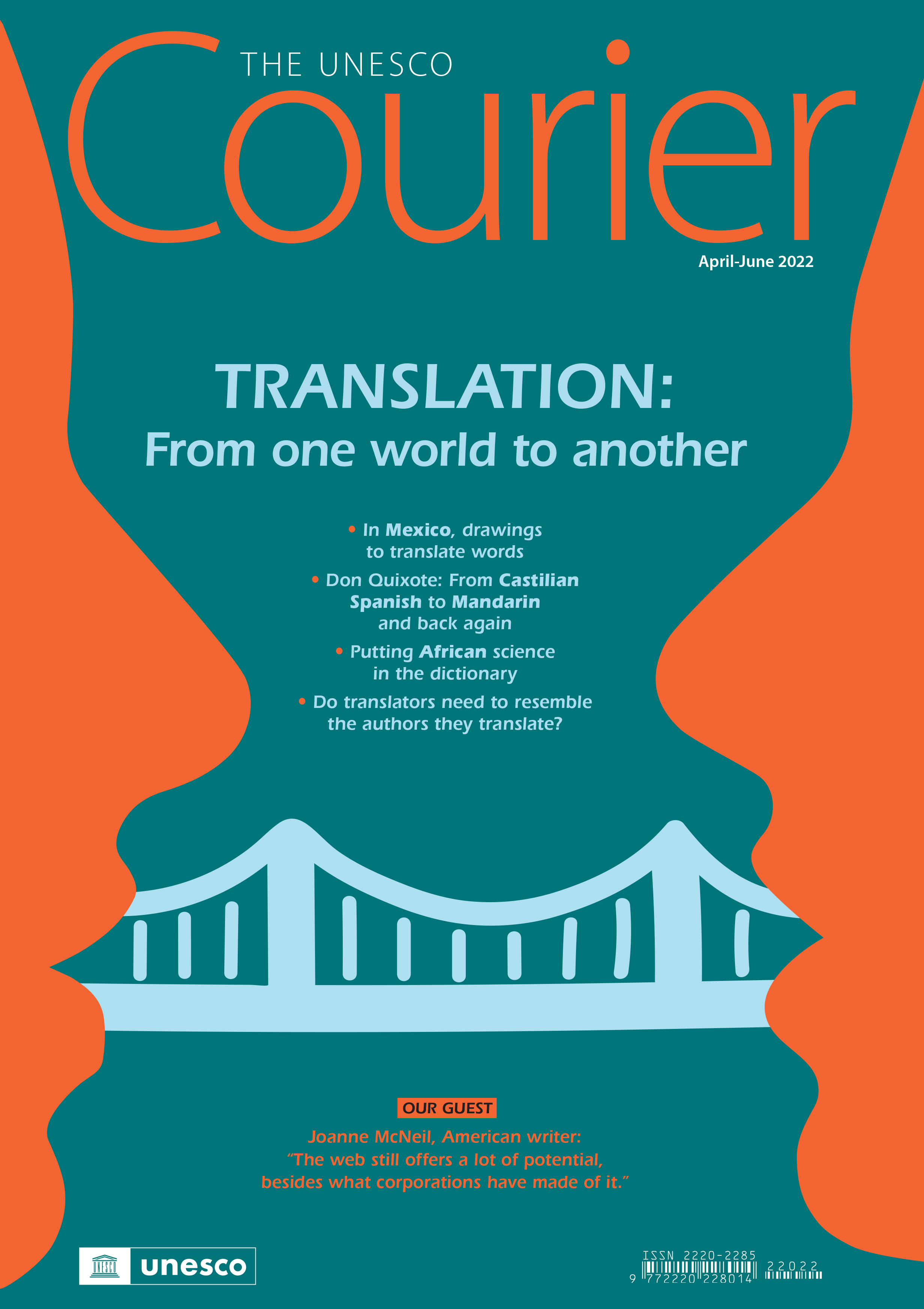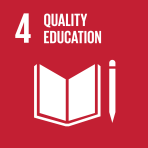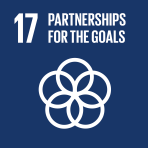-
Wide angle: Translation: From one world to another: A component of our shared humanity
- Source: The UNESCO Courier, Volume 2022, Issue 2, Aug 2022, p. 4 - 7
- Arabic, Chinese, French, Russian, Spanish
-
- 03 Aug 2022
- Previous Article
- Table of Contents
- Next Article
Abstract
It is omnipresent and everywhere discreet. We all have an idea of what it is, but never the same one. It represents a universal human faculty (to understand is to translate, wrote the Franco-American writer, linguist and critic George Steiner), and it mobilizes very specific skills – translation seems to be nothing but paradoxes. It is not surprising, then, that over the centuries, people have preferred to use metaphors, often disparaging ones, to try to define it: translation as ‘an unfaithful beauty’, ‘a servant’, ‘the reverse side of embroidery’, etc. Translators as ‘go-betweens’, ‘craftsmen’, ‘copyists’, and occasionally as ‘traitors’ or ‘investigators’, and so on.
© 2022 United Nations




